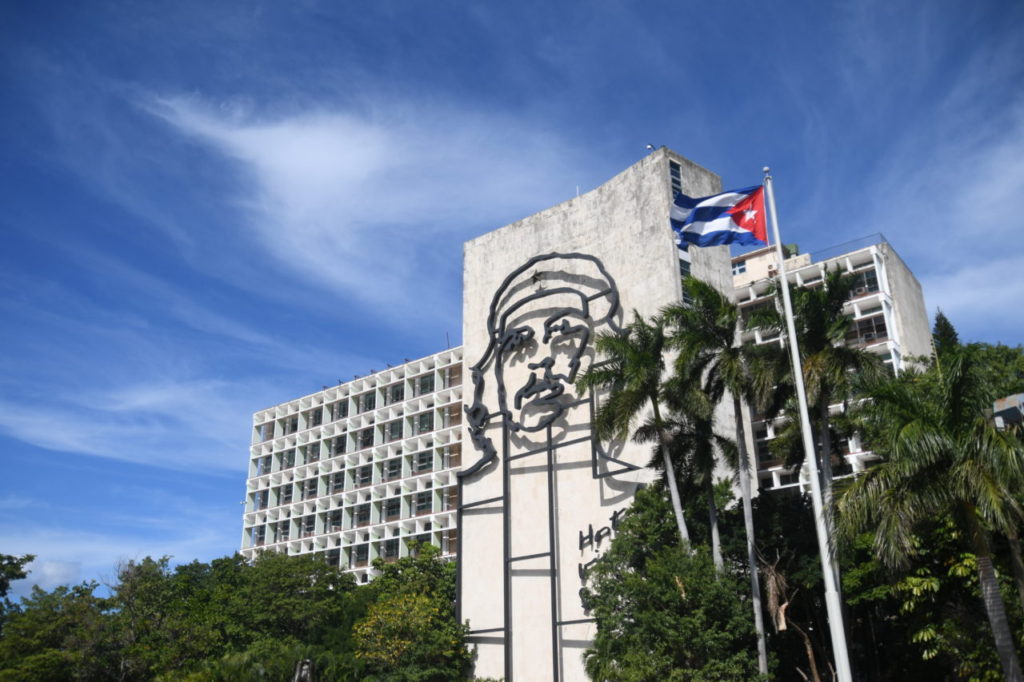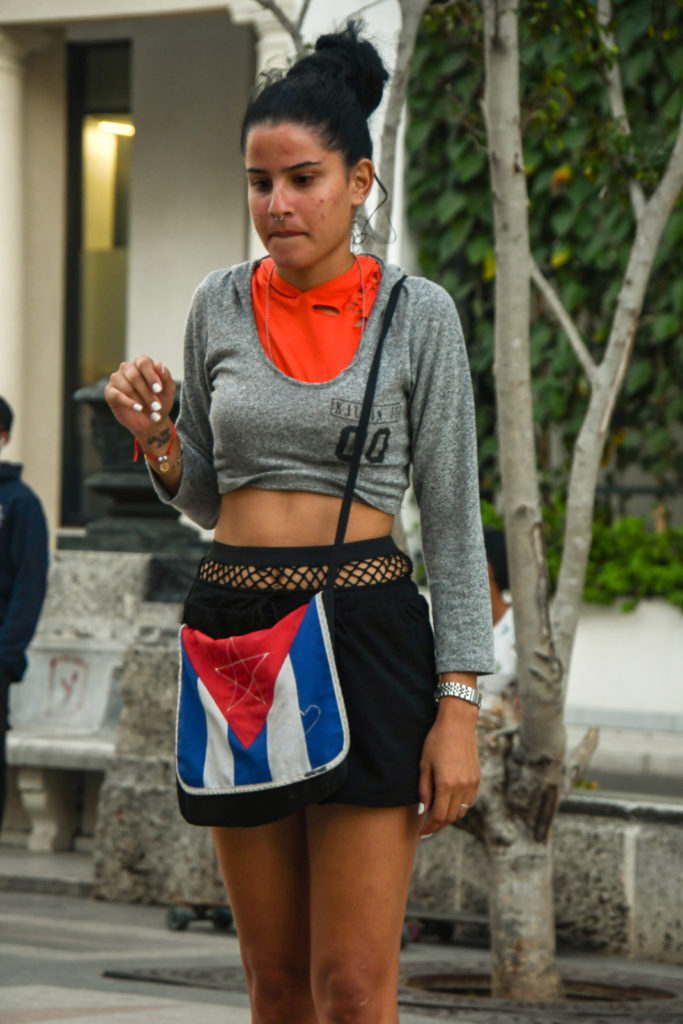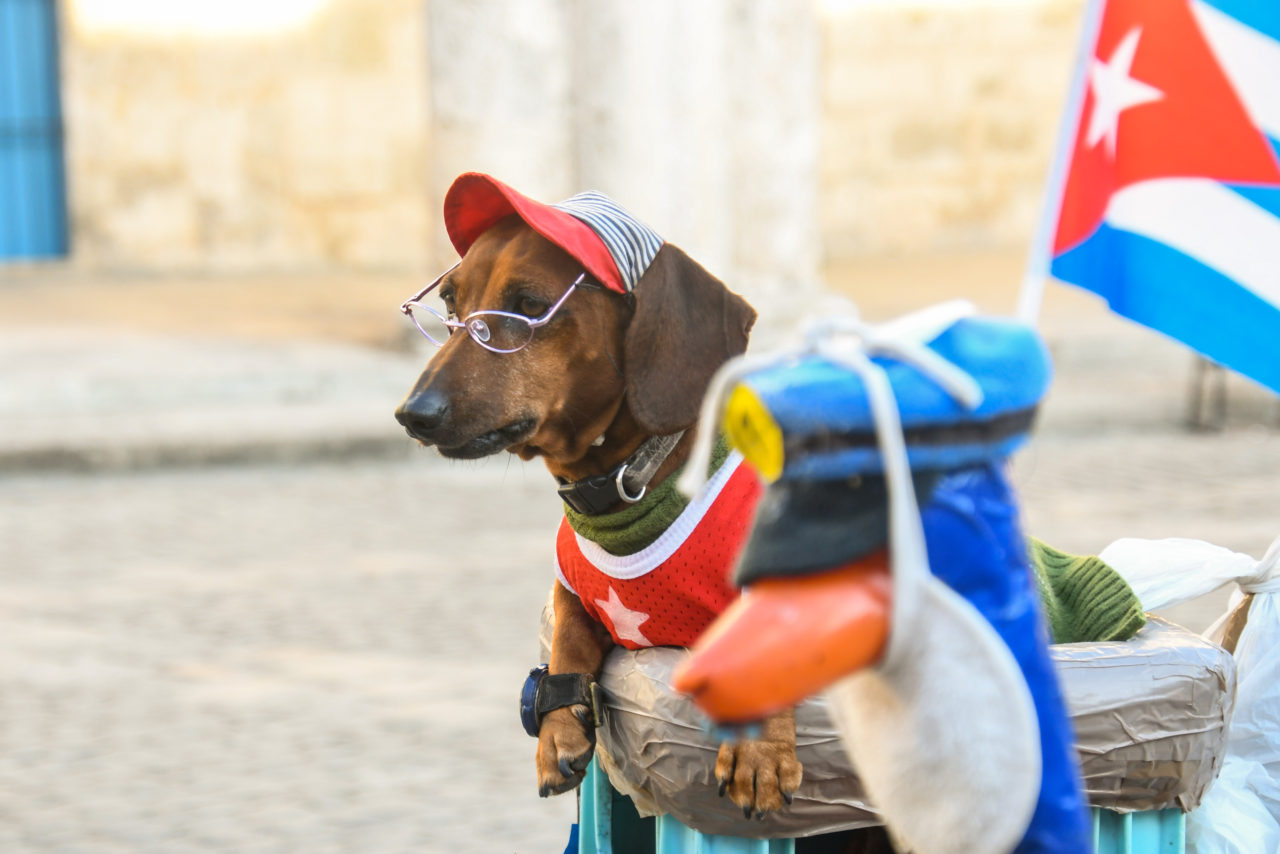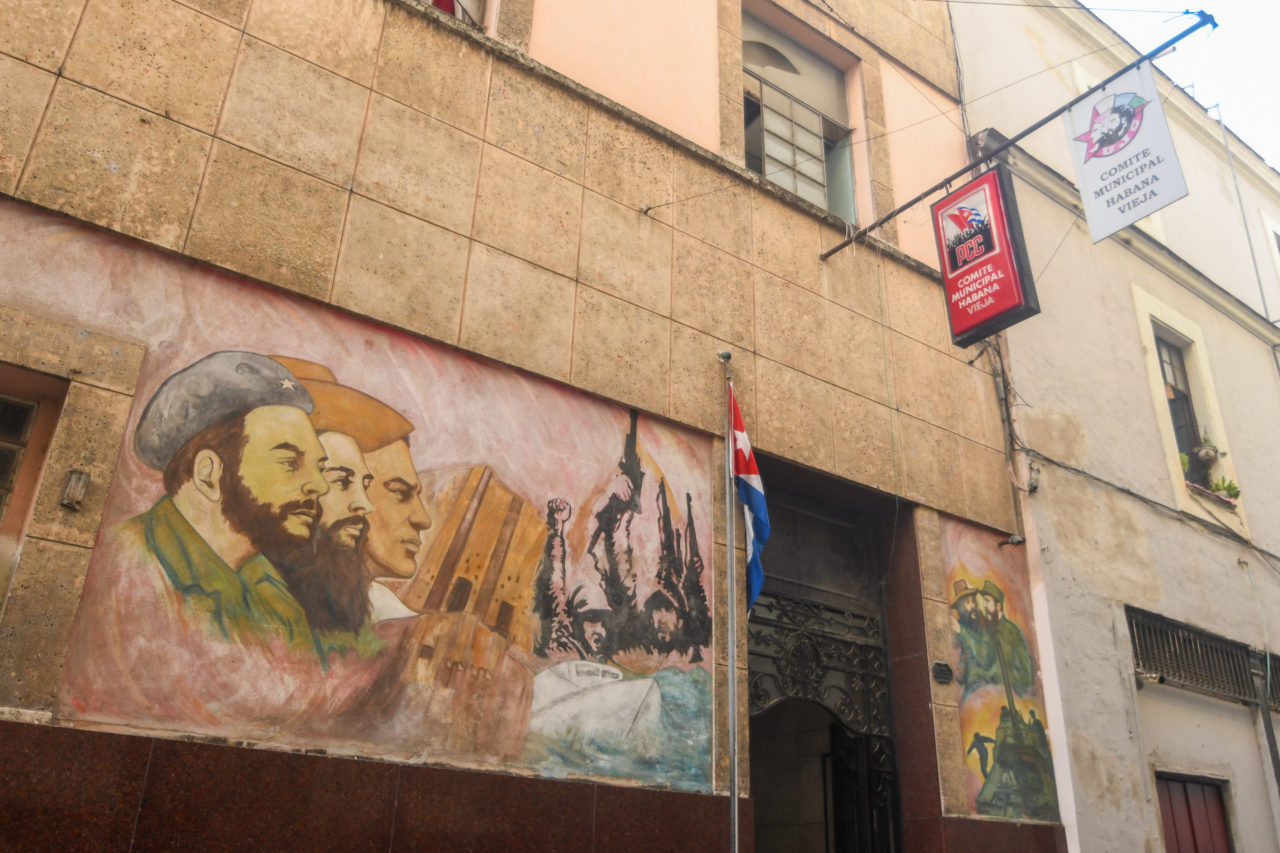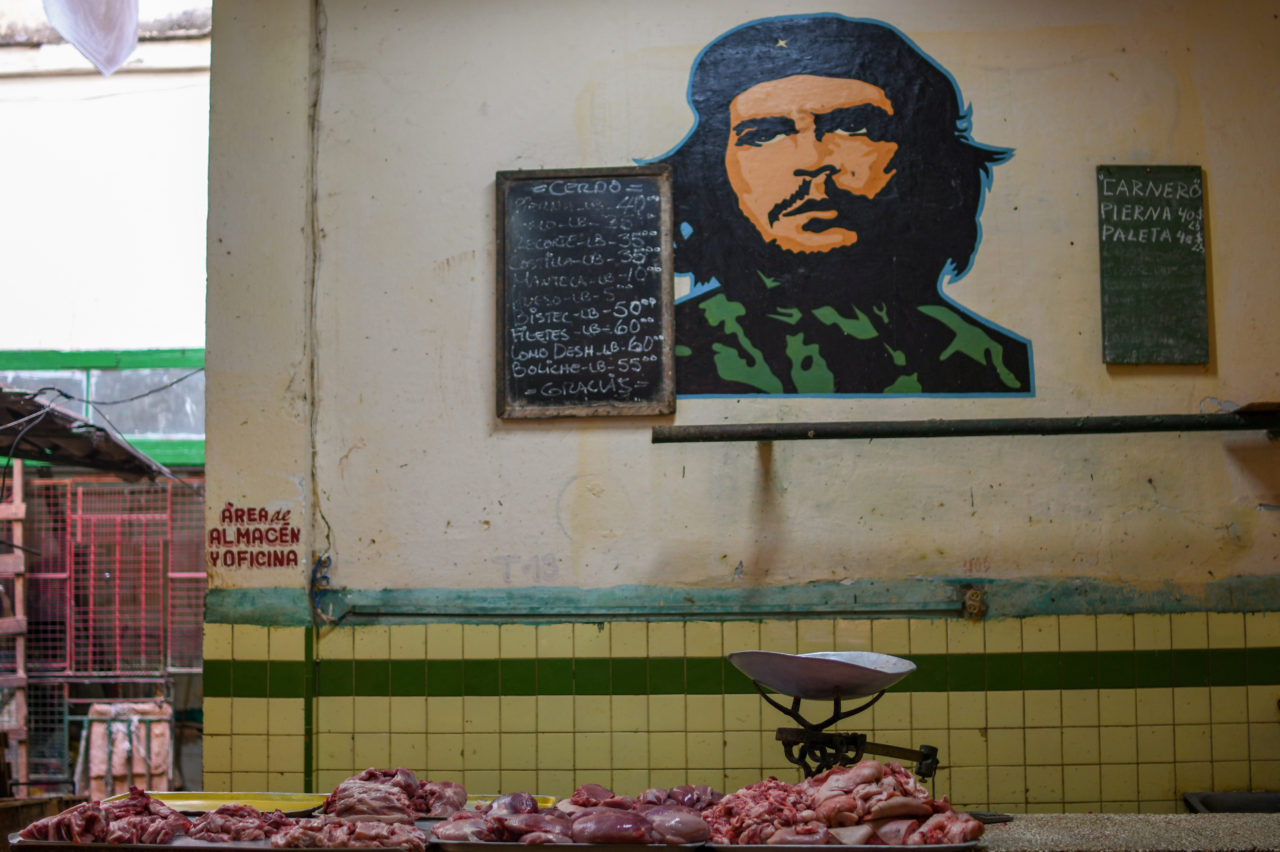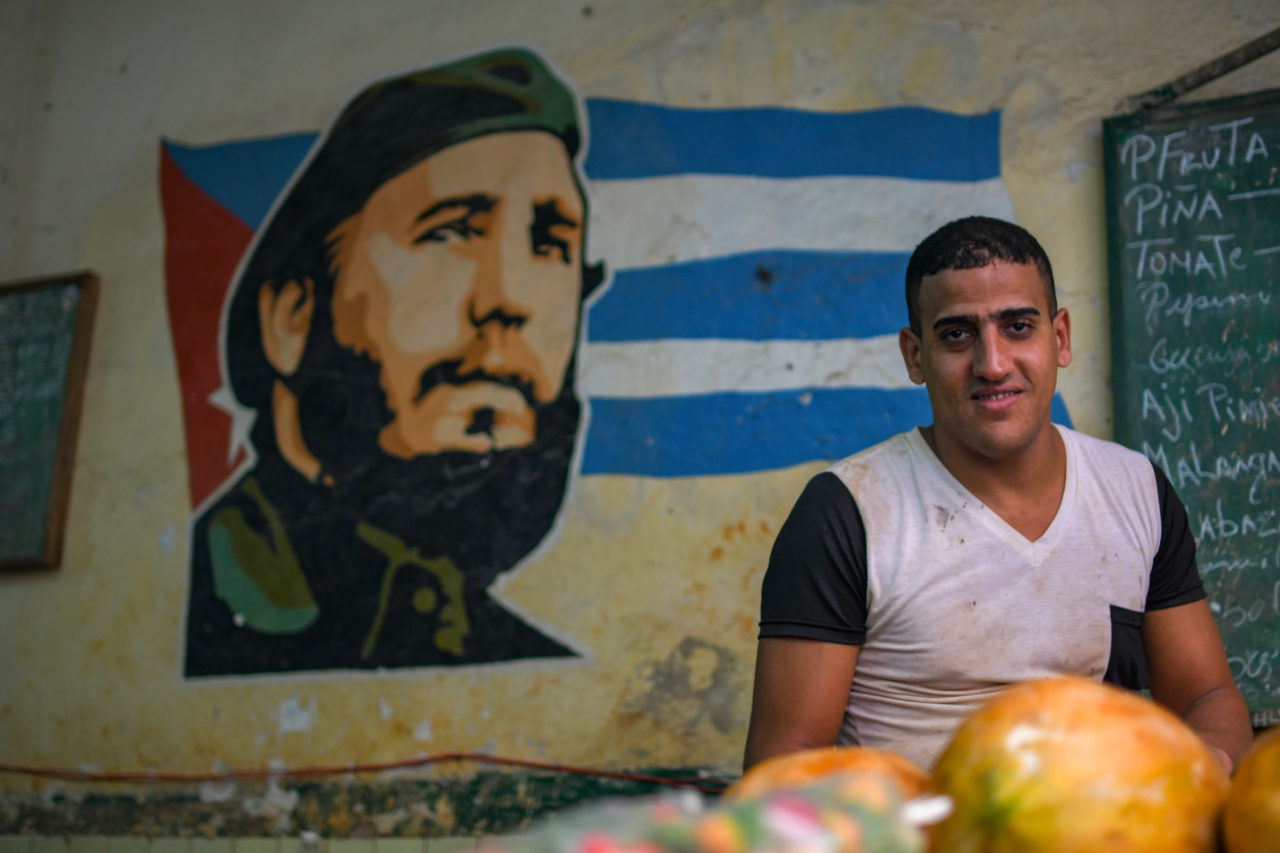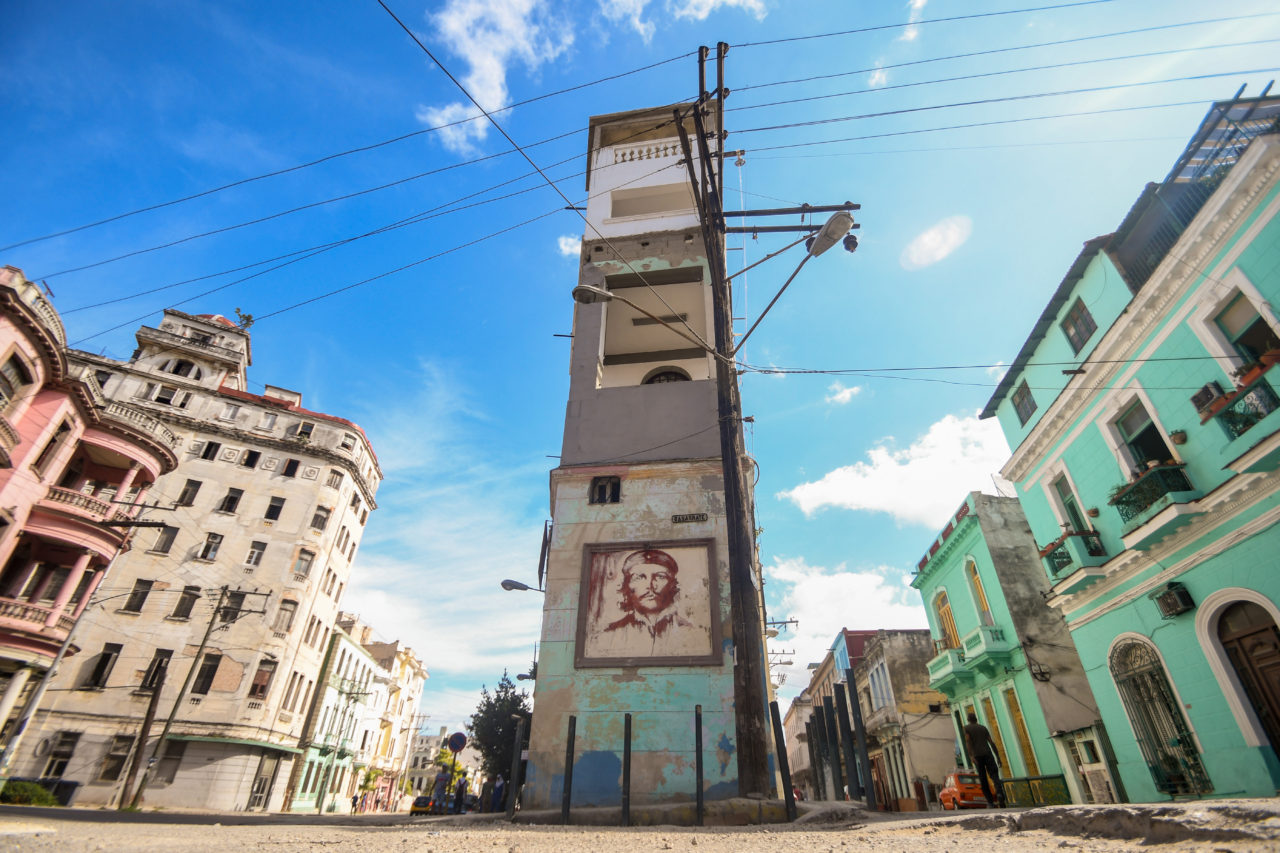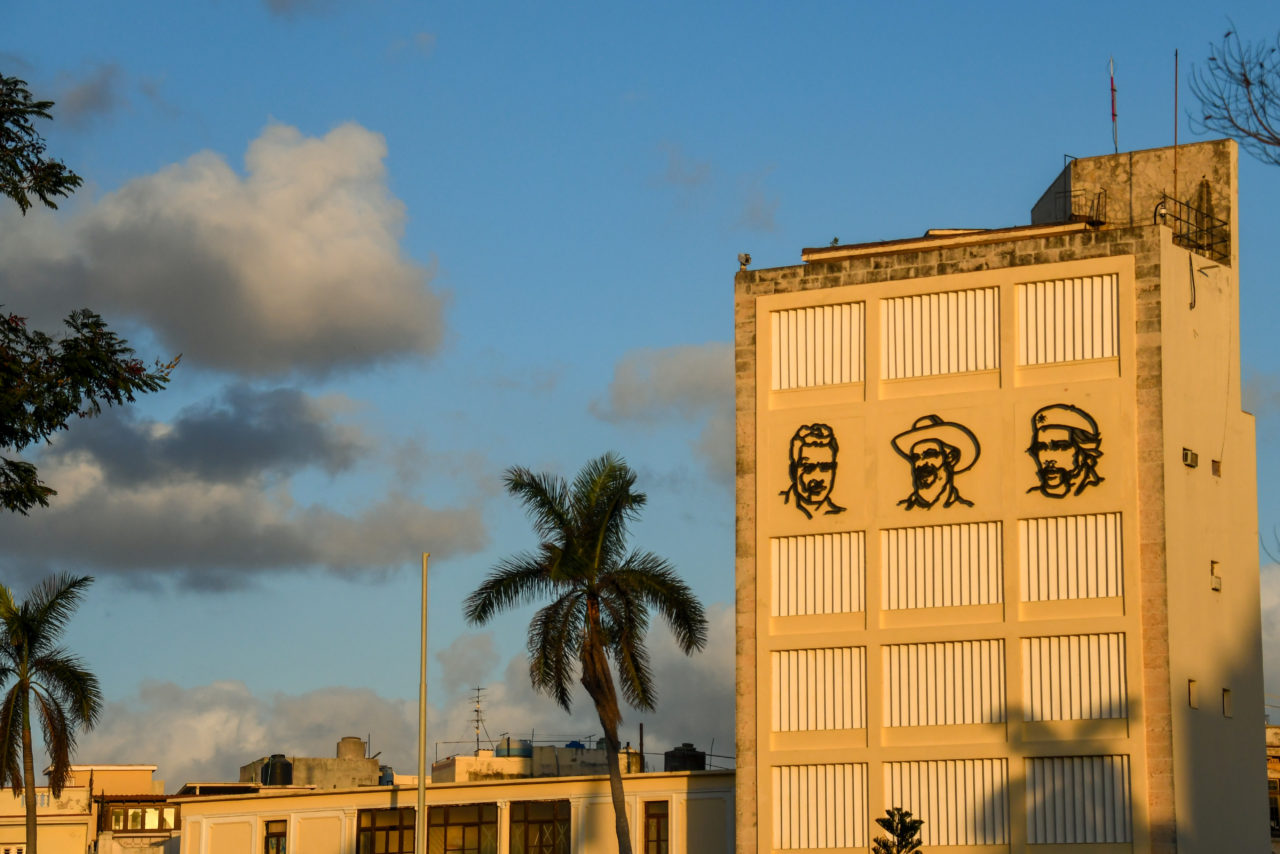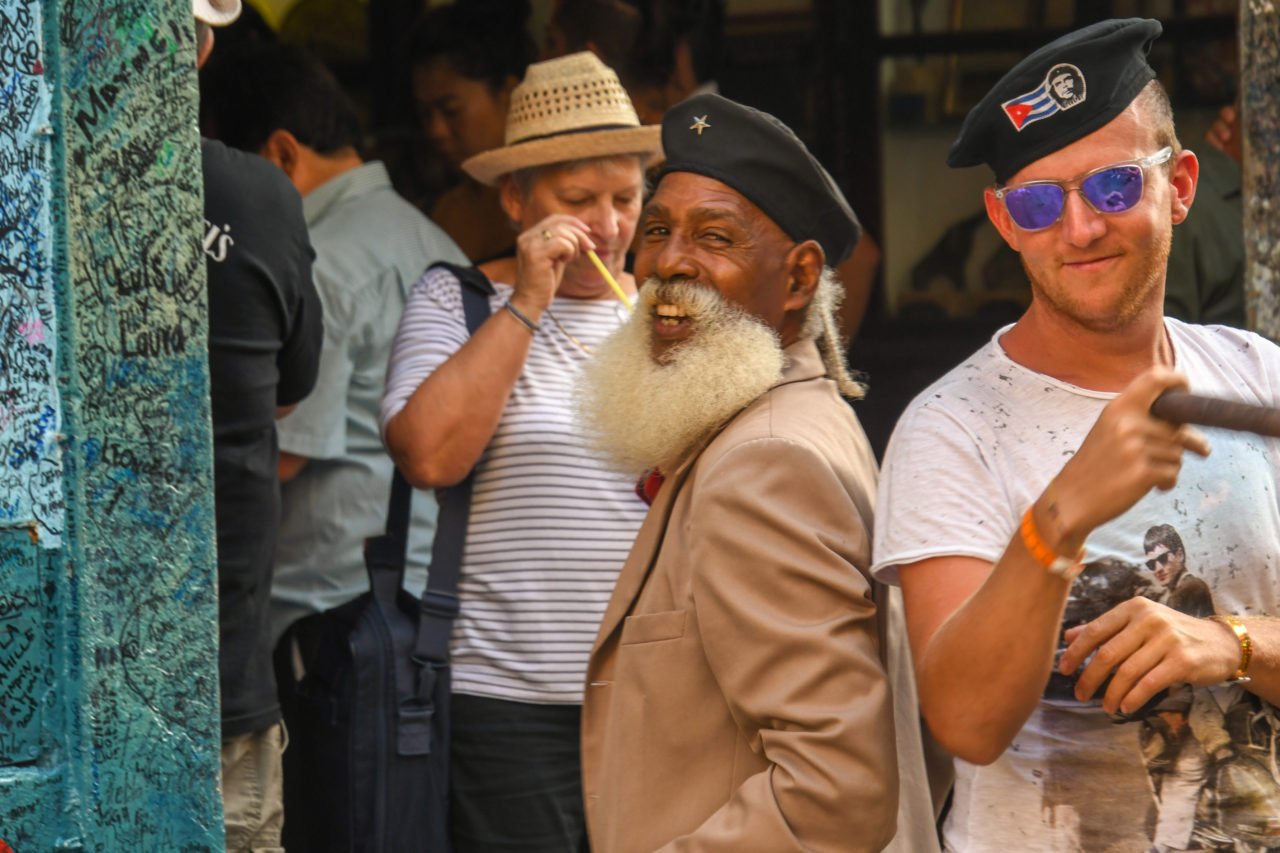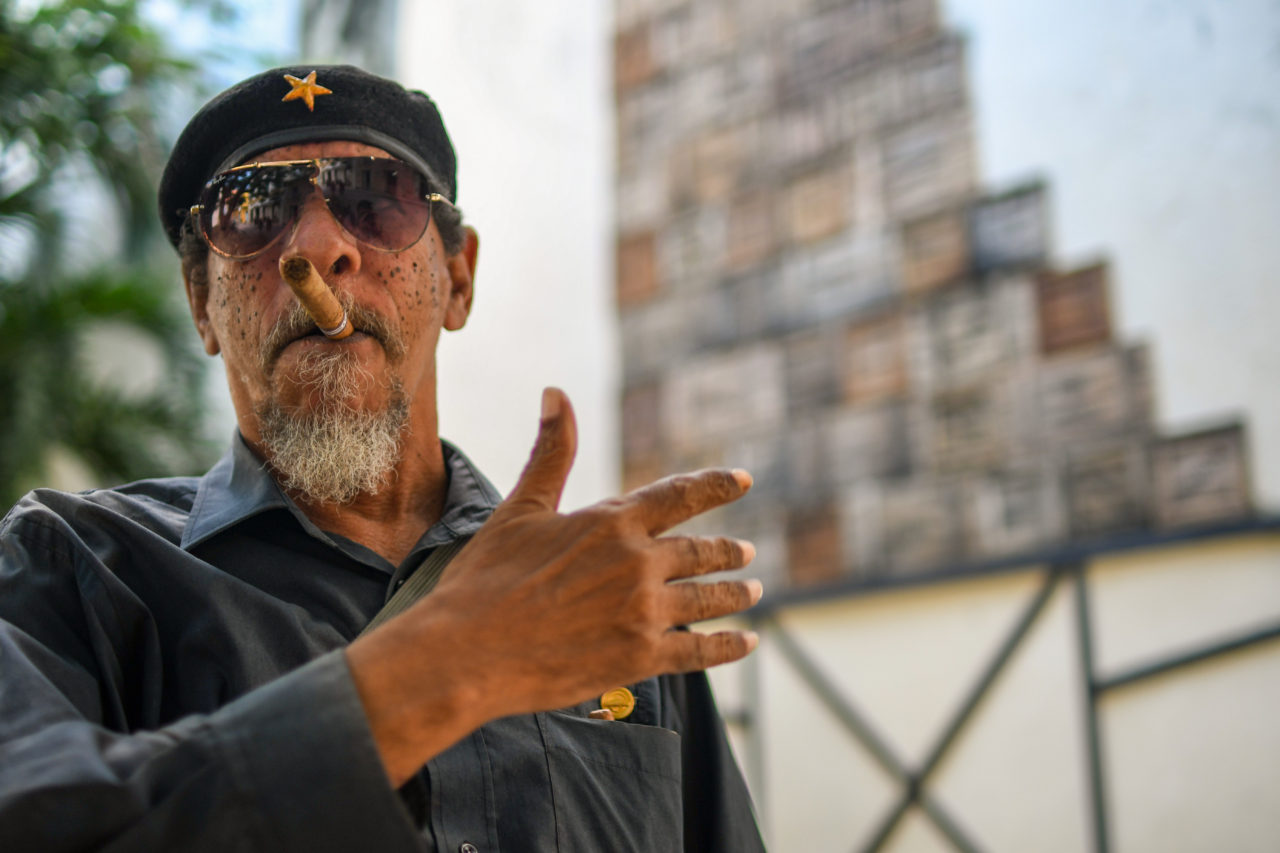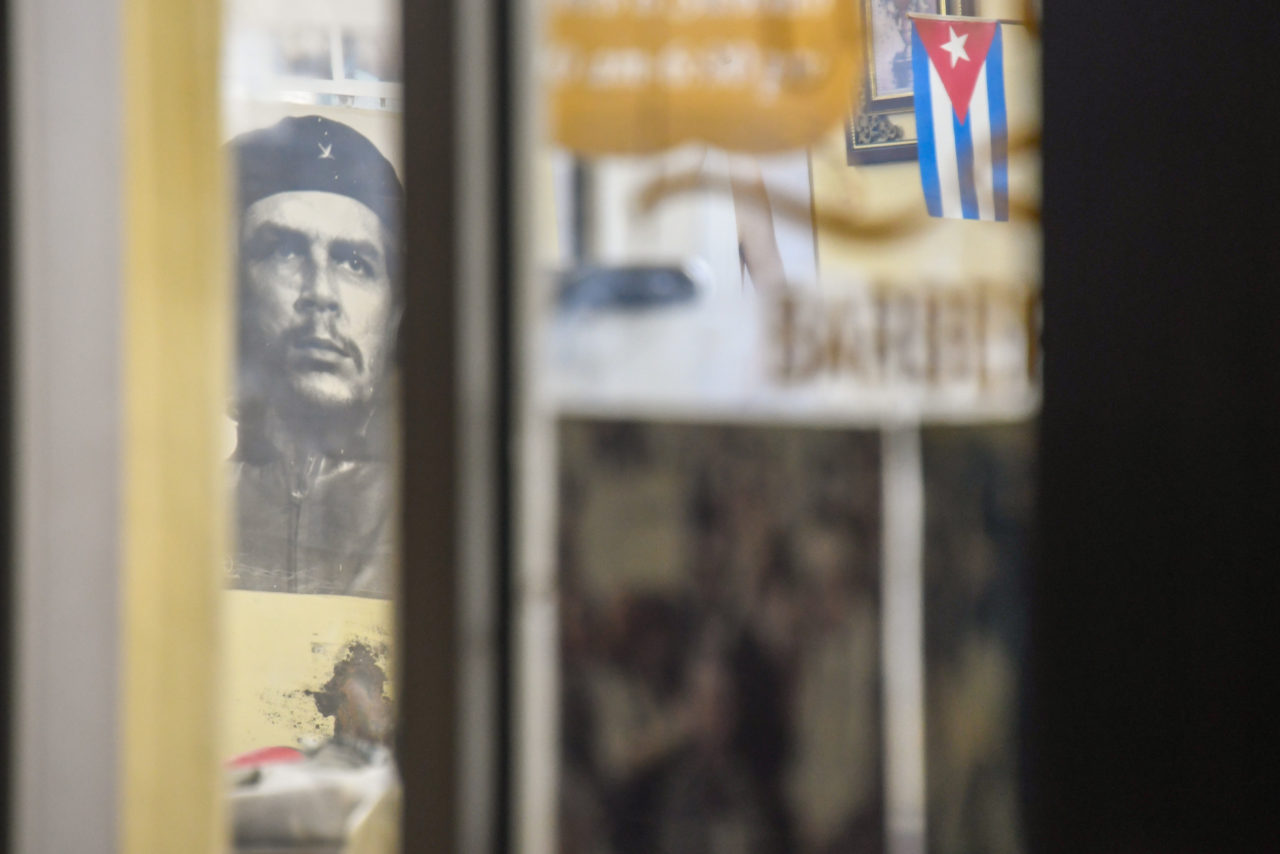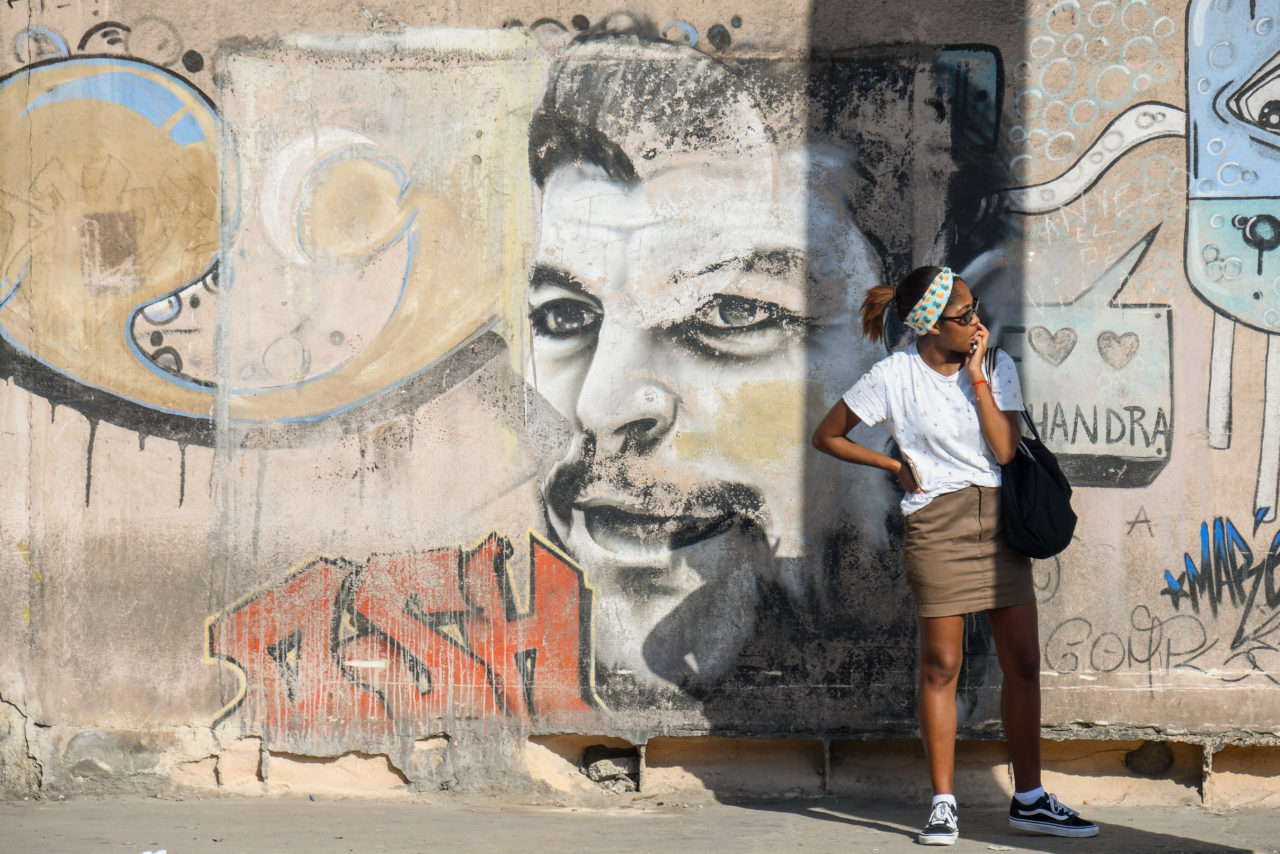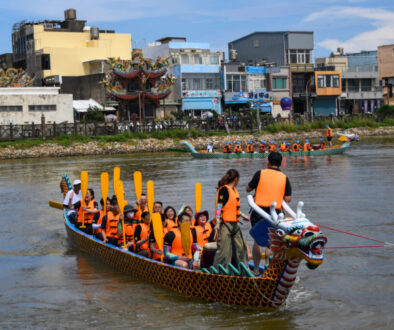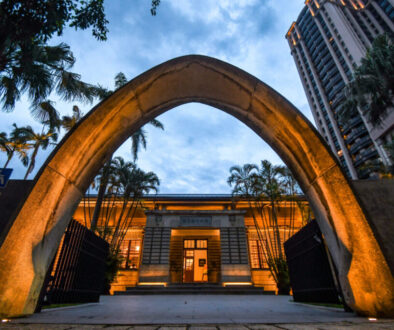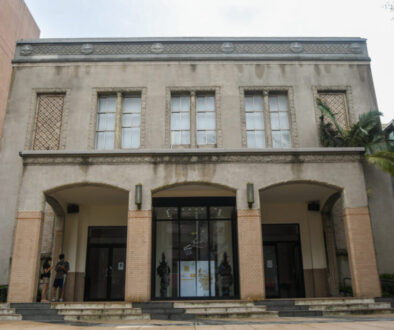The Cult of Che in Havana
Cuban Patriotism
No matter if you find yourself hopping off of the cruise ship in the renovated La Habana Vieja (Old Havana) or mixing with the locals on the other side of town, Cubans are quick to bring up politics. Despite their critical view of how ineffective the government is and their inability to better their own lives, the people are still in love with their country.
When walking around the streets of Havana, you will see everyone from the oldest cadres to even young rebellious skater kids sporting the Cuban flag. In recent years, it is not only the government which is being discussed in smokey bars and over domino tables, but citizens have even extended their disapproval to include the leader of the revolution: Fidel Castro.
Hearing Cubans being so open to talk about politics and even their once glorified leader, Fidel Castro, may come to a shock to many of us brainwashed Americans. Even though a tide is slowly making its way across the island, inspiring feelings of hope and change, there are some heroes of the Communist revolution who will forever be glorified. The mere mention of the name Che Guevara will, to this day, bring a twinkle to the eyes of all Cubans.
Looking to read my Havana travel guide? You can find it here!
James Dean in Fatigues
From the back of tuk-tuks in Bangkok to the cobbled streets of Europe, the image of Che has been plastered all across the world. While the bearded face of this Cuban revolutionary can be seen on anything from t-shirts to car decals, over time the meaning behind his portrait was lost.
At one time, this handsome brooding face stood as a symbol for social justice and revolution. Unfortunately, as time went on the ideology behind Che was overshadowed by consumerism. Now his face seems to be nothing more than a tacky print found in the back of gift shops around the world.
Regardless of what time has turned Che into, he is now an enduring symbol which will live on well past his death. It is no secret that one of the key weapons of the revolution in Cuba was their image. Fidel Castro relied on his own personal photographer, Alberto Korda, to sell the idea of revolution to the world. What we have now are striking photos highlighting a romantic struggle against tyranny. One of his most famous photos, Guerrillero Heroico, is the image which we most widely see today.
Be sure to check out Santeria in Havana, better known as Cuban voodoo. Read more here!
Immortalized in Havana
One of the major fascinations travelers may find with Cuba is to dive deep into the true essence of the cult of Che. Abroad, Che Guevara is nothing more than a decal on a mud flap. On the streets of Havana, however, he is revered as a god. Popularity with Fidel waned as he got his hands dirty in politics, but Che continued to exist as the pure white knight of the revolution. His death in Bolivia made him a martyr for the cause thus cementing his place as a hero of the people.
After Che’s death, Fidel made a point to elevate his former comrade to a religious-like status, much like what he did following the suspicious death of Camilo Cienfuegos. Fidel’s intentions may not have been innocent, but turning these guerrillas into cultural icons further inspired Cuban’s love of country and faith in the revolution.
Of course, you can see the iron outlines of Che on in the Plaza de la Revolucion and outside the Museum of the Revolution, but it is the murals in the suburbs which truly captivate passersby. From neighborhood communist party chapters to the outside of bus stops, the soul-piercing eyes of Che can be seen painted between the crumbling vibrant Caribbean colors of half a century old villas and townhouses.
Looking to check out some of the classic cars in Havana? Read more here!
The Impersonators
As the cruise ships pull into port in Havana, they bring with them a new wave of tourism and capitalism to the shores of this once Marxist Carribian enclave. During the 50s this island nation relied on selling sex and gambling, but now they are selling the revolution.
The communist neighbors to the south have captivated the imagination of Americans for decades, as well as elevating their cigars to a mythical-like status. As the doors to Havana have been inched open, Tommy Bahama clad tourists are just itching to get that essential photo with a Cuban cigar in hand with a Che Guevera look-alike.
Described by locals as followers of Che, these impersonators seem less keen to spread traditional Marxist ideology than to pose with tourists in hopes of securing some extra bucks. While some may see it as them selling out or capitalizing on a national hero, no one can deny the urge to snap a photo of these beret wearing Che fans.
Don’t forget to check out a baseball game while in Havana! Read more here!
In Search of Che
Many travelers may find themselves wandering the streets of Havana for classic cars, blended daiquiris, or Cuban cigars. Others, however, will be in search of the communist remains of a country slowly embracing Capitalism. While Cuba is still years away from opening its own McDonalds, the country is still hesitantly drifting towards the United States. While this change is undertaken, many of the remnants of hardline socialism will begin to crumble just like the casinos and villas of the past.
Due to lack of funds or maybe priority, many of the glorious monuments to past leaders are also falling into ill repair. Murals of Che are more likely to be found amongst graffiti at bus stops rather than beaming across open public squares. The only real memorial to this revolutionary icon can be found at his mausoleum in Santa Clara.
Havana is also not short on murals of this Marxist hero, but rather than being found out in the open, travelers will have to venture to the back alleys and market places to truly appreciate the cult of Che. The image of this revolutionary was never meant to be used by the privileged, but by those who truly struggle under oppression.

